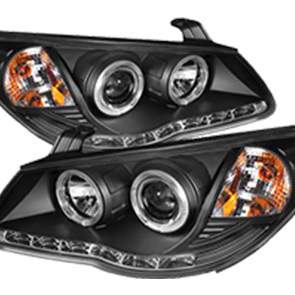Gear Stick Cable - High-Quality Replacement & Upgrade Solutions
Understanding Gear Stick Cable in Vehicle Transmission Systems
The gear stick cable, often referred to as the gear shift cable, is an integral component of a vehicle's transmission system. Its primary function is to connect the gear stick (or gear lever) to the transmission, allowing drivers to change gears smoothly and efficiently. Understanding the importance and functionality of the gear stick cable can enhance our appreciation for the complexities of automotive engineering.
When you move the gear stick, you are essentially making a physical connection that sends signals to the transmission via the gear stick cable. This cable is usually made of durable materials, designed to withstand the stresses and strains of constant movement and friction. It plays a crucial role in ensuring that the selected gear is precisely engaged or disengaged, facilitating a smoother driving experience.
The gear stick cable operates through a system of pulleys and levers. As the driver shifts the gear stick, the cable pulls or pushes on the transmission's linkage. This mechanical action is what enables the gear to change. In manual transmissions, the driver has more direct control, but automatic transmissions also rely heavily on the functionality of the gear stick cable to ensure proper gear selection according to the vehicle's speed and load conditions.
gear stick cable

Over time, like many vehicle components, gear stick cables can wear out. Symptoms of a failing gear stick cable may include difficulty in shifting gears, unusual noises from the transmission area, or a noticeable delay in gear engagement. If a cable snaps or becomes frayed, it can lead to serious issues, including the inability to change gears altogether. Regular maintenance checks can help identify problems early and avoid expensive repairs down the line.
Replacing a defective gear stick cable is generally a straightforward process that can be performed by a qualified mechanic. However, it requires specific tools and a detailed understanding of the vehicle's transmission system. In most cases, it's advisable to consult the vehicle's service manual for the correct procedure, as the cable layout may vary depending on the make and model of the vehicle.
In conclusion, the gear stick cable is a vital component in the seamless operation of a vehicle's transmission system. It allows for responsive, accurate gear changes that are essential for safe and efficient driving. By paying attention to its condition and addressing any signs of wear and tear, drivers can ensure their vehicles continue to function optimally, enhancing both performance and safety on the road. Understanding the mechanics behind this simple yet crucial part can significantly contribute to a driver’s overall experience, making each journey smoother and more enjoyable.
-
Upgrade Your Vehicle with High-Quality Handbrake CablesNewsNov.01,2024
-
Optimize Your Bike's Performance with Quality CablesNewsNov.01,2024
-
Enhance Your Vehicle's Performance with Quality Clutch ComponentsNewsNov.01,2024
-
Elevate Your Vehicle's Performance with Quality Throttle CablesNewsNov.01,2024
-
Elevate Your Vehicle's Performance with Quality CablesNewsNov.01,2024
-
Affordable Solutions for Your Cable NeedsNewsNov.01,2024
